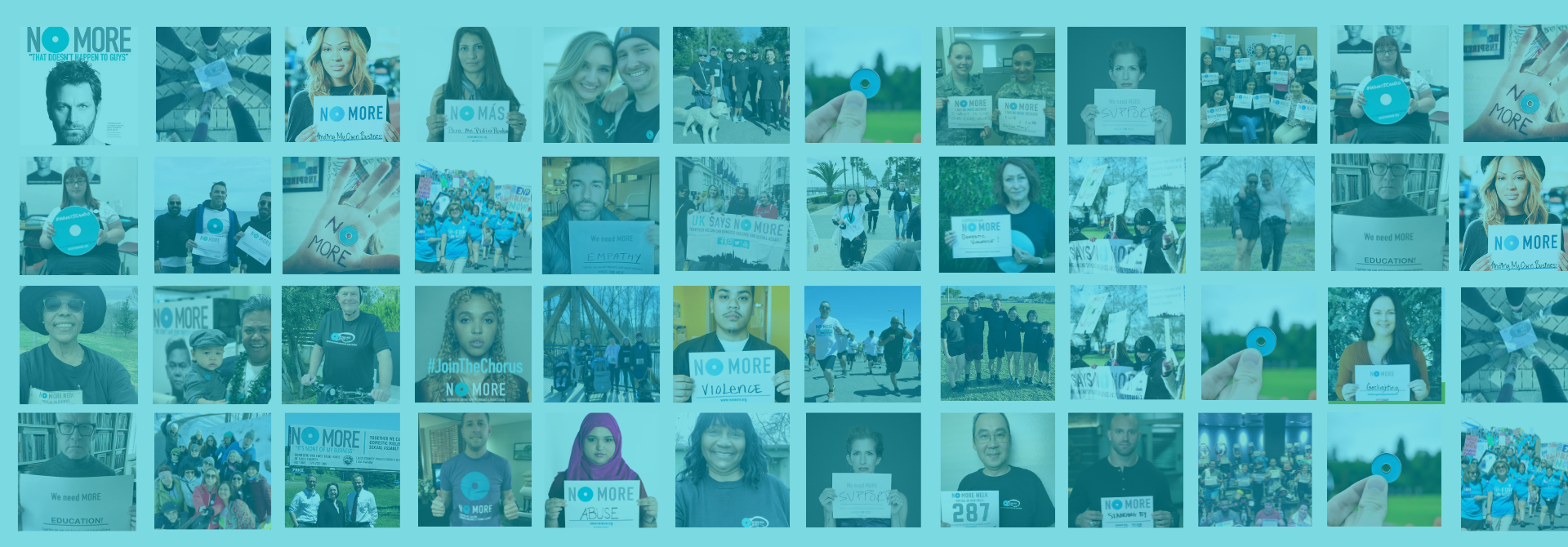Bystander Basics

What people mean when they talk about Bystanders. It’s different than you think.
by·stand·er
/ˈbīˌstandər/
noun
A person who is present at an event or incident but does not take part.
If you have been paying attention to stories of sexual assault and domestic violence in the news recently (and it’s hard not to), you have likely heard the word “bystander” used with some frequency. From the campus-based It’s On Us campaign to demands for culture change in professional sports, calls for increased bystander engagement are everywhere. But what, or who, exactly is a bystander?
A bystander can mean different things in different situations.
A bystander is someone at a bar who sees a drunk person being taken advantage of. A bystander is someone who notices a family member’s bruises. A bystander is someone who hears screaming coming from a neighbor’s home.
According to the dictionary, a bystander is “someone who is present at an event or incident but does not take part.” People who work to prevent domestic violence and sexual assault are trying to change this definition.
From passive to active.
The Bystander Effect, popularized by social psychologists in the 1960s, refers to the decreased likelihood that a person will intervene or help in an emergency situation if there are other people present. The more witnesses are present, the less likely someone is to intervene. Seems strange, right?
Researchers attribute this phenomenon to a diffusion of responsibility, essentially people telling themselves that they don’t have to act because someone else will, and to behavioral influences, or people seeing other bystanders not intervening and emulating that behavior.
These reasons often hold true when people fail to intervene in situations of domestic violence or sexual assault. In fact, they are at the core of the often invoked excuses, “It’s not my problem” and “It’s none of my business.” The Bystander Effect can explain why, when a 19 year-old woman was raped by multiple men on a crowded Florida beach during Spring Break last March, not one of the hundreds of onlookers intervened.
Sexual assault and domestic violence can also carry a stigma of shame; people wrongfully blame victims, which can further discourage bystander intervention.
The good news? It doesn’t have to be this way.
In the last thirty years, there have been two major bystander engagement initiatives that have succeeded in mobilizing everyday people to become part of the solution. The campaign to end drunk driving and the “See something, say something” campaign have been incredibly effective in reducing drunk driving deaths and motivating citizens to report suspicious activity to prevent terror attacks.
If public awareness campaigns–PSAs, subway ads, calls to action by public figures–can effectively convince bystanders to take a away a drunk acquaintance’s keys or report a suspicious backpack on a train, then we can also convince bystanders to take an active role in safely preventing and interrupting sexual assault and domestic violence. Ultimately, we also need to address the culture that permits it to happen.
Where do I begin?
There are many resources available online to help educate bystanders on how to intervene when they see domestic violence or sexual assault in progress. Read these, share them with your friends, and talk about them with your family. It is so much easier to intervene if you don’t have to do it alone. Together we can end domestic violence and sexual assault.
For real-life scenarios, tips on intervening, and additional bystander resources, visit:
The NO MORE Bystander Guide to Parties
NO MORE: Taking Action to Stop Violence

Make a Difference
Enjoying the content? Consider becoming a monthly supporter. Your recurring donation helps ensure we can continue bringing you great content. Subscribe with a supporting membership for as little as $5 a month.
Become a ChampionTogether We Can End Domestic and Sexual Violence






